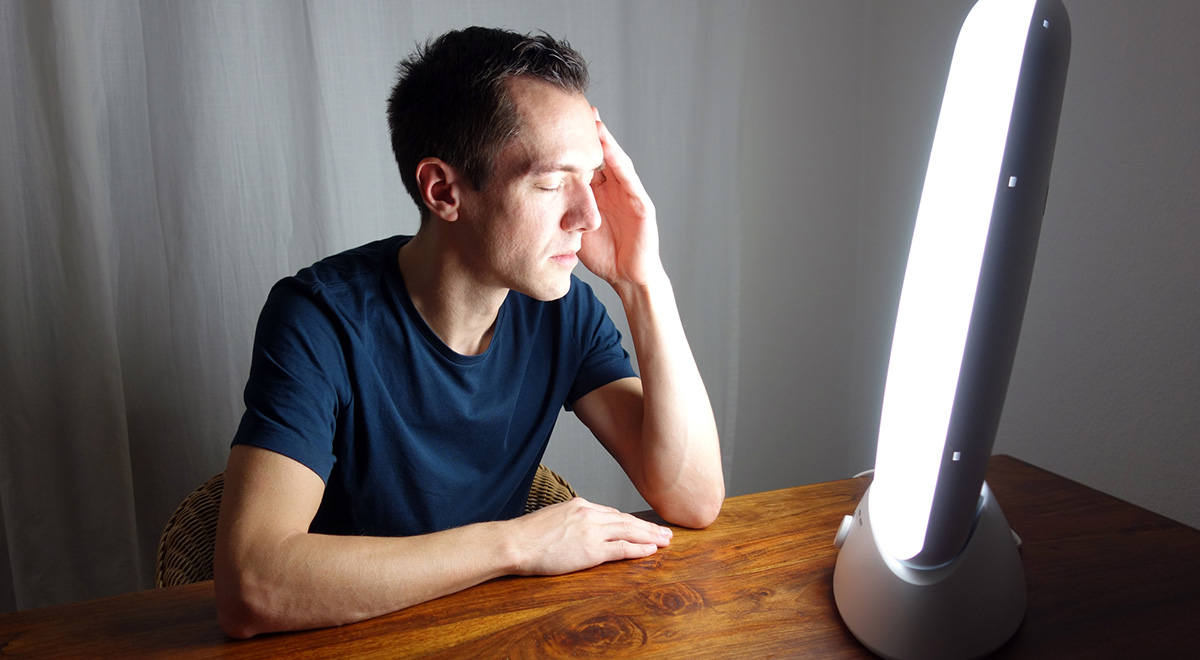Phototherapy – better known as “light therapy” – has long been used for treating a form of depression known as “Seasonal Affective Disorder” (SAD), also known as the “winter blues.” This condition is characterized by fatigue, depression, hopelessness, and isolation, and comes on during the fall and winter months with shorter days and longer nights. Unlike other forms of depression, SAD usually disappears with spring and summer – which is why light therapy can be useful for treating these patients. Researchers are now exploring the possibility that light therapy may be effective in the treatment of depression associated with bipolar disorder as well.
Light therapy is essentially an artificial replacement for natural sunlight. Patients use a “therapy box,” which emits full-spectrum light, activating brain chemicals associated with mood and sleep cycles that can be disrupted by the change of season.
The research study, conducted at the Feinberg School of Medicine at Northwestern University, was published last month in The American Journal of Psychiatry and involved 46 patients who had been diagnosed with bipolar disorder. 23 of the participants were given normal phototherapy with a bright light (7000 lux), while those in the control group were provided with a dim red light (50 lux). In the beginning, patients engaged in 15 daily minute sessions with their light boxes while going about other activities, such as reading. Gradually, the sessions were lengthened to an hour.
Most patients treated for SAD do these sessions first thing in the morning. However, in the course of a similar study several years ago, lead author Dr. Dorothy Sit had discovered that when it came to women with bipolar disorder, such light therapy worked too well; early morning sessions caused patients to become manic by midday. Thus, patients in the recent study did their sessions in the early afternoon.
Within six weeks, 68 patients who underwent normal phototherapy experienced significant relief of their depression, compared with 22 percent of those in the control group.
The results of this study are promising, suggesting yet another alternative to treatment with questionable and even dangerous drugs such as Abilify or Risperdal that are normally prescribed to patients with bipolar disorder – and are not always effective at treating the depression. However, Dr. Alfred Lewy, a professor of psychiatry at Oregon Health and Science University, warned that while the findings are significant, they are “highly preliminary.” Lewy was one of the first to use light therapy for the treatment of SAD, and notes that it can trigger episodes of hypomania. He warns that patients with bipolar disorder should use light therapy only under a doctor’s supervision. “If there’s the slightest chance that a patient will switch into a manic episode, then their doctor can be there to treat them,” he says.
Sit agrees that more study is needed. In the future, she and her team plan to explore the effects of light on circadian rhythms over the course of the day and the implications for patients with bipolar disorder.

